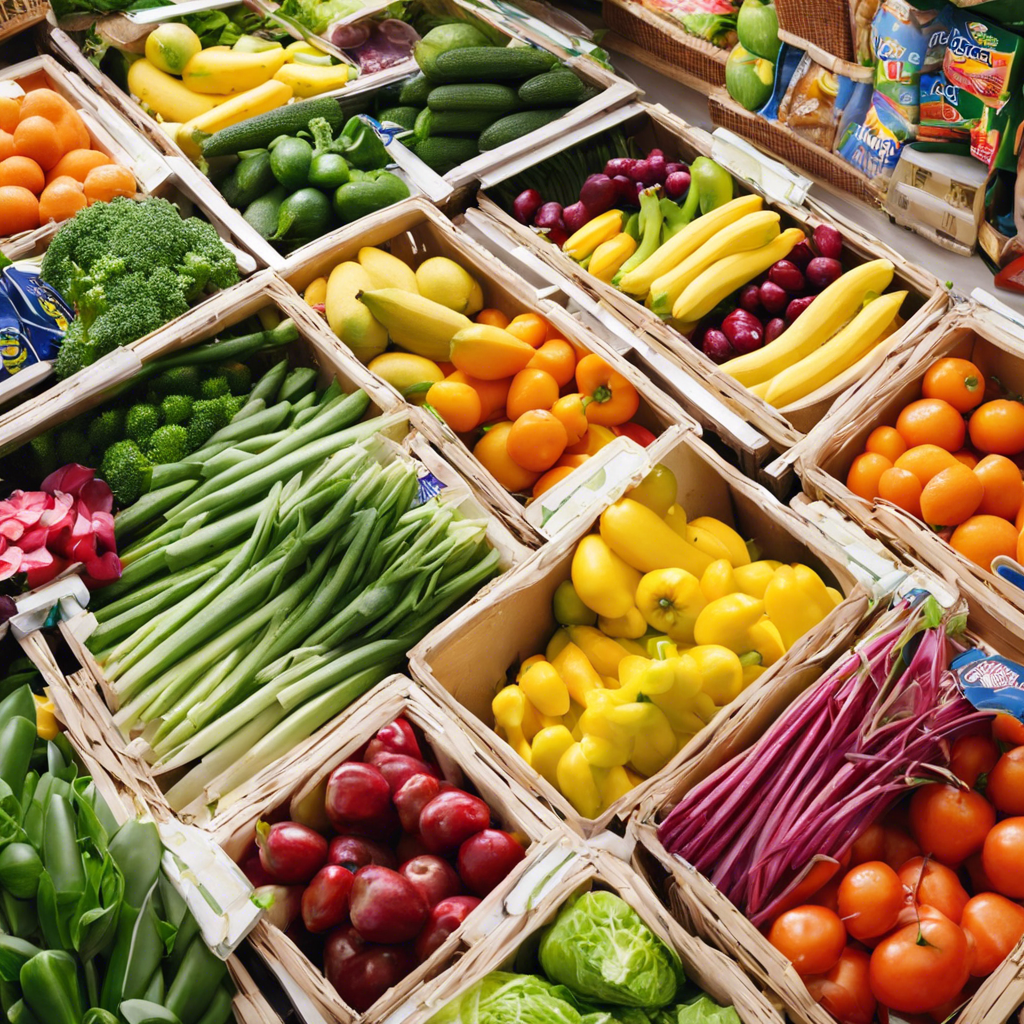The soaring costs of groceries have many households feeling the pinch. With food prices continuing to rise, it’s essential to find ways to stretch your dollar further and cut down on those ever-increasing grocery bills. Here are some simple and effective strategies to help you do just that:
**Plan and Prepare**
Meal planning and creating a grocery list before you shop can significantly reduce impulse purchases and unnecessary spending. Take inventory of what you already have and plan meals around those ingredients to minimize waste. Make a list and stick to it when you’re shopping. This simple step can help you stay focused and avoid those tempting extras that tend to add up.
**Shop Sales and Use Coupons**
Keep an eye out for sales and discounts offered by your local grocery stores. Many stores have loyalty programs or apps that provide exclusive deals and coupons. Using coupons strategically can also help you save, but be mindful to only use them for items you genuinely need and will use. Avoid the trap of buying something just because you have a coupon—only to let it go to waste.
**Buy in Bulk and Stock Up**
Non-perishable items and freezer-friendly foods are great for buying in bulk, especially when purchased on sale. Items like rice, pasta, canned goods, and frozen vegetables can be stored for extended periods and used as needed. Buying in bulk can often provide significant cost savings, and stocking up during sales ensures you always have essentials on hand.
**Cook from Scratch**
Convenience comes at a cost, and often pre-made or processed foods are far more expensive than their homemade counterparts. Cooking from scratch allows you to control the ingredients and portions, often resulting in healthier and more budget-friendly meals. Making large batches and freezing portions for later can also save time and money.
**Reduce Food Waste**
Food waste is like throwing money away. Be mindful of expiration dates and properly store your groceries to extend their shelf life. Get creative with leftovers, and find new ways to use them, whether as a quick lunch or reinvented into a new dish.
**Embrace Budget-Friendly Foods**
Some of the most affordable and nutritious foods include beans, lentils, eggs, and frozen fruits and vegetables. These items provide excellent value for money and are versatile enough to be used in a variety of dishes.
By implementing these simple strategies, you can take control of your grocery spending and significantly reduce those ever-growing bills.
